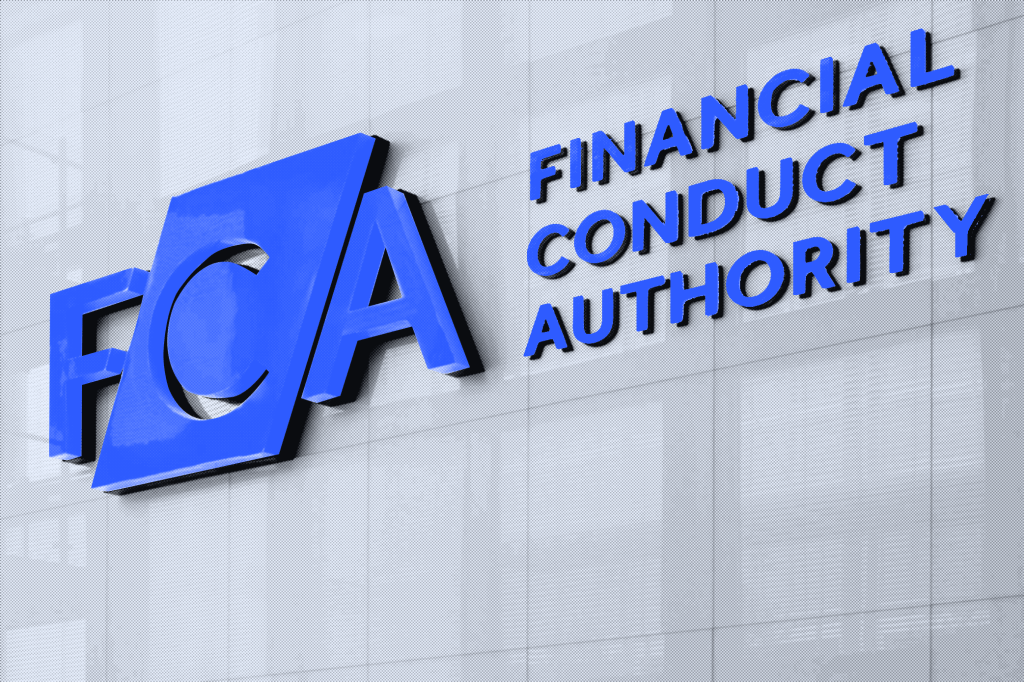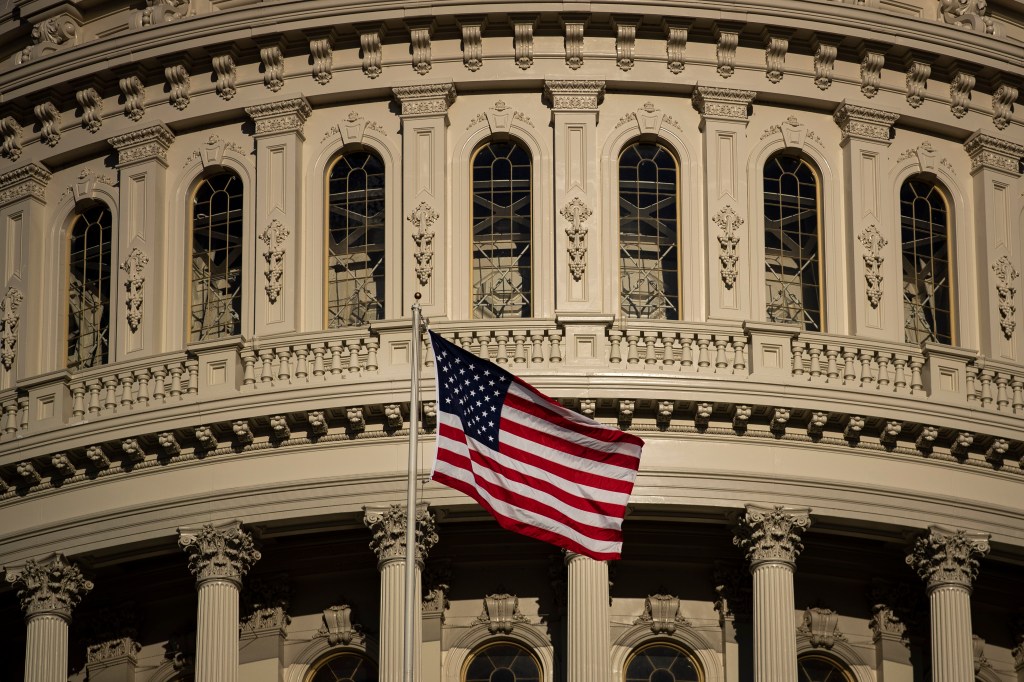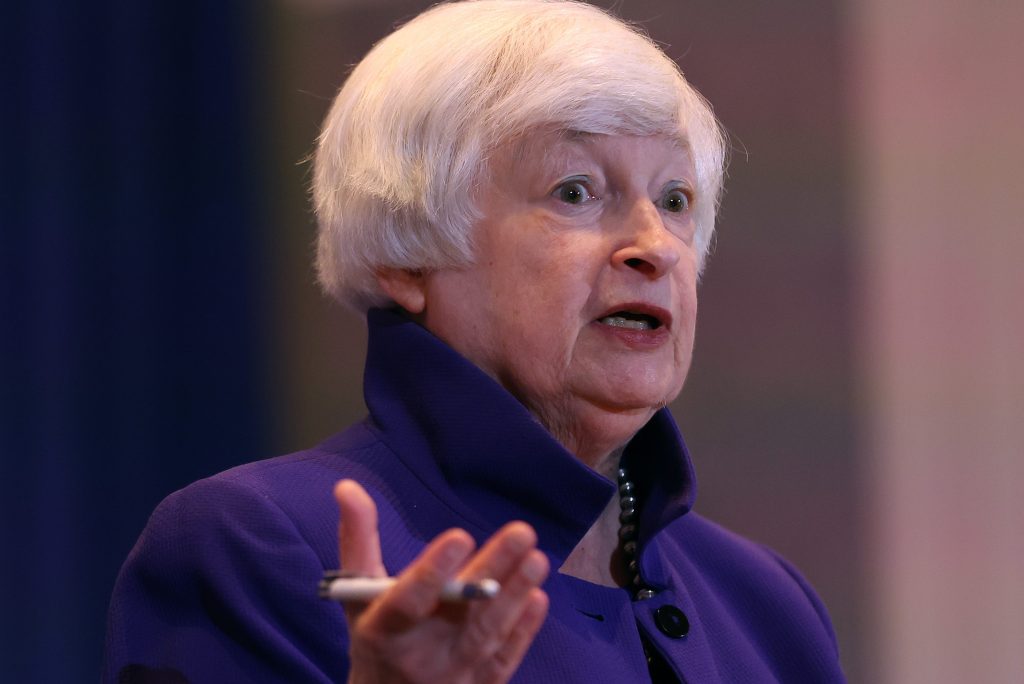Section 113 of the Dodd-Frank Act authorizes the Financial Stability Oversight Council (the Council) to subject a “nonbank financial company” to supervision by the Board of Governors of the Federal Reserve System (the Federal Reserve), including the Federal Reserve’s prudential standards. The definition of a nonbank financial company in the Dodd-Frank Act includes investment companies (for example, mutual funds, exchange-traded funds, and closed-end funds) and investment advisers that have registered with the SEC.
To designate a nonbank financial company for Federal Reserve supervision, the Council must consider 10 specific but non-exhaustive considerations under Section 113 and conclude either that (i) “material financial distress” at the nonbank financial company or (ii) “the nature, scope, size, scale, concentration, interconnectedness, or mix of the activities” of the nonbank financial company, “could pose a threat to the financial stability of the United States” (the Section 113 tests).
Evaluating risk
On November 3, 2023, the Council published a release (the Release) adopting interpretive guidance (the New Guidance) regarding the process it will employ to determine whether a nonbank financial company should be designated as subject to the Federal Reserve’s supervision. Concurrent with the publication of the New Guidance, the Council issued a separate release containing its new Analytic Framework for Financial Stability Risk Identification, Assessment, and Response, which contains a detailed explanation of how the Council will identify, evaluate and address potential risks to US financial stability.
The New Guidance describes the process that the Council will employ when evaluating whether a nonbank financial company could pose a threat to the financial stability of the United States pursuant to Section 113 of the Dodd-Frank Act. In addition, the New Guidance rescinds in its entirety prior guidance on the same topic adopted in 2019 (the 2019 Guidance) to reverse changes made during the Trump Administration to the Section 113 nonbank financial company designation process.
“The [New Guidance] also eliminates several prerequisites to designation in place under the current guidance that were not contemplated by the Dodd-Frank Act and that are based on a flawed view of how financial risks develop and spread.”
Janet Yellen, US Secretary of the Treasury
The New Guidance describes a detailed two-stage process that the Council will follow when evaluating a nonbank financial company under Section 113 of the Dodd-Frank Act. The process described in the New Guidance is identical to the process proposed by the Council in April 2023 and is described in more detail in a Ropes & Gray Alert.
Briefly stated, following the prescribed process, the Council may make a “Final Determination” notifying the nonbank financial company in writing that it will be subject to supervision by the Federal Reserve. The written notice will include an explanation of the basis for the Council’s decision.
As permitted under the Dodd-Frank Act, a nonbank financial company that is subject to a Final Determination may bring an action in a US district court for an order requiring the Council to rescind its Final Determination. The Dodd-Frank Act provides that the court’s review of such an action “shall be limited to whether the [Final Determination] made … was arbitrary and capricious.”
Rescission of the 2019 Guidance
The Release states that the New Guidance “removes three significant but inappropriate prerequisites to the exercise of the Council’s nonbank financial company designation authority that were created by the [2019 Guidance].” The Council has determined that these three steps are “not legally required, are not useful or appropriate, and would unduly hamper the Council’s ability to use the statutory designation authority in relevant circumstances.” The eliminated steps and the Council’s associated rationale are described below.
Elimination of an activities-based approach and reliance on primary regulators
The 2019 Guidance stated that the Council would identify, assess, and address potential risks and threats to US financial stability by following a process that began with an “activities-based approach.” The activities-based approach meant the Council would rely on existing regulators to deal with potential threats to financial stability before the Council would evaluate a nonbank financial company under Section 113.
In addition, the 2019 Guidance generally limited the use of designations under Section 113 to situations where a potential risk or threat could not be adequately addressed by existing regulators.
The Release rescinds the 2019 Guidance’s activities-based approach because it generally allowed the Council “to consider a nonbank financial company for potential designation only after the Council completed a multi-step process in which the Council would wait for existing regulators to address identified risks to financial stability,” thereby obstructing the Council’s ability to address risks to financial stability in a timely manner.
Elimination of a cost-benefit analysis
The 2019 Guidance provided that the Council would perform a quantitative cost-benefit analysis, whenever possible, prior to designating a nonbank financial company under Section 113. The Release notes that the Dodd-Frank Act does not require a cost-benefit analysis prior to the designation of a nonbank financial company under Section 113. Instead, the “statute instructs the Council to focus on potential threats to financial stability, not the costs of designation to the company under review or to others”.
In addition, the Release observes that a cost-benefit analysis to assess the incremental costs resulting from a Section 113 designation and the potential benefits resulting from mitigating the threat a nonbank financial company’s “material financial distress or activities could pose to financial stability would be impossible to perform with reasonable precision.” In general, specific regulatory requirements for previously designated nonbank financial companies “have been determined after the [Section 113] designation, in order to enable the requirements to be appropriately tailored to risks posed by the company”.
Elimination of the “likelihood of material financial distress”
The 2019 Guidance also stated that “the Council will assess the likelihood of the company’s material financial distress.” The New Guidance eliminates this “likelihood assessment” from the Council’s Section 113 determinations.
The Council believes that assessing the likelihood of a nonbank financial company company’s material financial distress is “neither required nor appropriate”. The Release notes that a likelihood assessment does not appear among the relevant Dodd-Frank Act provisions and “fits poorly with the statutory standard for designation.”
In particular, the Council is authorized to designate a company under Section 113 if it “determines that material financial distress at the US nonbank financial company … could pose a threat to the financial stability of the United States” (the first of the two Section 113 tests). The statute directs the Council to evaluate whether a company’s material financial distress could pose a threat to financial stability – not to assess how likely such distress is to occur.
Instead, the Release notes, “the Council presupposes a company’s material financial distress, and then evaluates what consequences for US financial stability could follow”. If the consequences “could pose a threat to the financial stability of the United States,” designation of the company under Section 113 is warranted.
What the changes mean
By rescinding the 2019 Guidance, the New Guidance reverses changes made during the Trump Administration to the Section 113 nonbank financial company designation process. In her remarks that accompanied the November 2023 publication of the Release, Secretary of the Treasury Janet Yellen said: “The [New Guidance] also eliminates several prerequisites to designation in place under the current guidance that were not contemplated by the Dodd-Frank Act and that are based on a flawed view of how financial risks develop and spread. And, again, designation is only one of the Council’s tools and is not being prioritized over other approaches to addressing financial stability risks.”
SEC Chair Gary Gensler, who has a seat on the Council, released a public statement in connection with the Release’s publication. He stated: “As important as today’s step is, I believe each of our agencies have important roles within our respective authorities to enhance the resiliency of the financial system.
“At the SEC, we thus far have finalized rules regarding money market funds and shortening the settlement cycle, among others. We have important ongoing work with the Federal Reserve, the Treasury Department, and the Commodity Futures Trading Commission (CFTC) to enhance the resiliency of the Treasury markets.” (Emphasis added).
Gensler and Yellen
In July 2023, the SEC adopted a release, Money Market Fund Reforms (discussed in a Ropes & Gray Alert). Whether Chair Gensler believes that regulations enhancing the resiliency of SEC registrants should come exclusively from the SEC – as the emphasized portion in his statement above may suggest – is only speculation.
As recently as March 2023 – after the SEC money market reforms had been proposed for public comment and other SEC regulations (to further enhance the liquidity risk management of mutual funds that might experience difficulties satisfying shareholder redemptions during a market crisis) had similarly been proposed for public comment, Secretary Yellen delivered an address. She stated: “The structural vulnerabilities at the heart of money market and [other mutual] funds aren’t new.
“In the banking sector, capital and liquidity requirements and federal deposit insurance reduce the likelihood of runs taking place. In case runs occur, access to the discount window helps provide buffers for banks. Yet the financial stability risks posed by money market and [other mutual] funds have not been sufficiently addressed.” (Emphasis added).
While the New Guidance reverses the changes made during the Trump Administration, it is impossible to predict whether the New Guidance merely reflects a reassertion of Council authority or, additionally, indicates that the Council plans actions in the near term – notwithstanding the SEC’s money market fund reforms and proposed liquidity risk management enhancements for other mutual funds.
The substance of supervision, if any, by the Federal Reserve for registered funds (which could start with money market funds), private funds and investment advisers remains to be seen.
Mr. McCabe is a partner and Mr. Geffen is a senior attorney in Ropes & Gray LLP’s Asset Management Group, both based in Boston.














